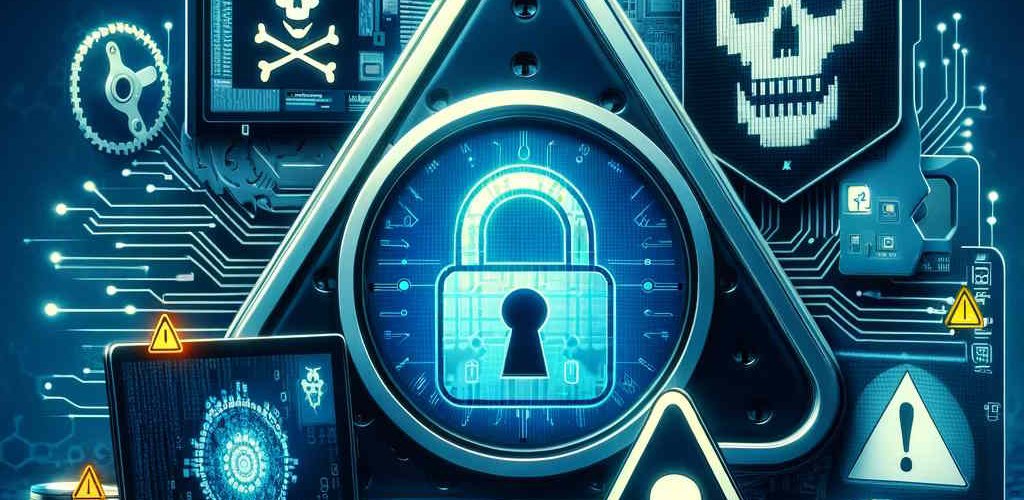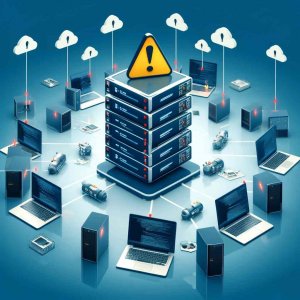
Top 10 Cybersecurity Threats in 2024
- Posted by Phoenix
In 2024, the cybersecurity landscape continues to evolve, presenting new challenges and threats. Here are the top 10 cybersecurity threats you need to be aware of this year:
1. Ransomware Attacks
Ransomware remains a top threat, with attackers deploying advanced encryption techniques to lock data and demand ransoms. The financial and reputational damage from such attacks can be severe, making it crucial for organisations to implement robust cybersecurity measures including regular backups, employee training, and advanced threat protection solutions.
2. AI-Powered Cyberattacks
Cybercriminals are increasingly using artificial intelligence to launch sophisticated attacks. AI enhances phishing campaigns, automates hacking attempts, and creates polymorphic malware that adapts to evade traditional security measures. Organisations should leverage AI-driven security solutions to counter these advanced threats.
3. Cloud Security Vulnerabilities
With the widespread adoption of cloud services, security risks associated with misconfigurations, data breaches, and access control issues have increased. It’s essential to adopt robust cloud security practices, including encryption, strong authentication, and continuous monitoring to protect sensitive information.
4. Supply Chain Attacks
Supply chain attacks target vulnerabilities in third-party providers, posing significant risks to multiple organisations through compromised software or hardware. Ensuring thorough vetting of vendors and implementing stringent security measures across the supply chain is vital to mitigate these risks.
5. Internet of Things (IoT) Vulnerabilities
IoT devices often lack strong security features, making them prime targets for cyberattacks. These devices can be exploited for data theft, DDoS attacks, and operational disruptions. Securing IoT devices with robust coding practices, regular updates, strong authentication protocols, and network segmentation is crucial.

6. State-Sponsored Attacks
Nation-state actors use cyberattacks to achieve political and strategic objectives, targeting critical infrastructure and stealing sensitive information. Defending against these sophisticated threats requires multilayered defenses, advanced cybersecurity solutions, and strong incident response plans.
7. 5G Network Risks
The rollout of 5G technology has expanded the attack surface for cybercriminals. Vulnerabilities in 5G networks can be exploited for network disruption and data interception. Adopting secure configurations, continuous monitoring, and adhering to security standards are essential to protect 5G networks and connected devices.

8. Phishing and Social Engineering
Phishing attacks and social engineering remain effective methods for cybercriminals to gain access to sensitive information. Regular training to recognise phishing attempts and robust security measures to protect against social engineering tactics are necessary to combat these threats.
9. Identity-Based Attacks
Identity theft and credential-based attacks are increasing, with cybercriminals using stolen credentials to gain unauthorised access to systems. Implementing strong identity verification measures, multi-factor authentication, and continuous monitoring can prevent unauthorised access.
10. Insider Threats
Insider threats, whether intentional or accidental, pose significant risks. Employees with access to sensitive information can be a weak point in cybersecurity defenses. Establishing strict access controls, conducting regular security audits, and monitoring user activity are essential to mitigate insider threats.
To stay ahead of these evolving threats, organisations must invest in advanced security technologies, conduct regular security assessments, and ensure continuous education and awareness among employees. For more insights and recommendations on safeguarding against these threats, visit Phoenix’ Close Protection Services.








